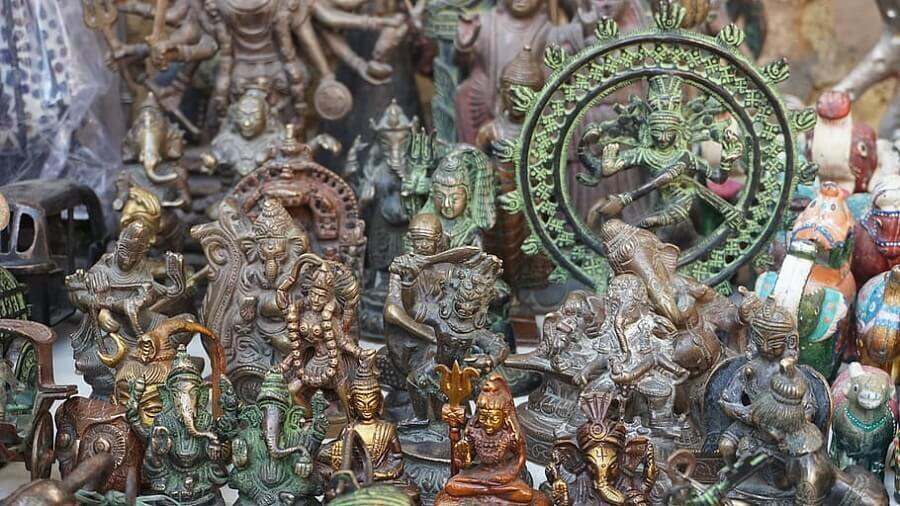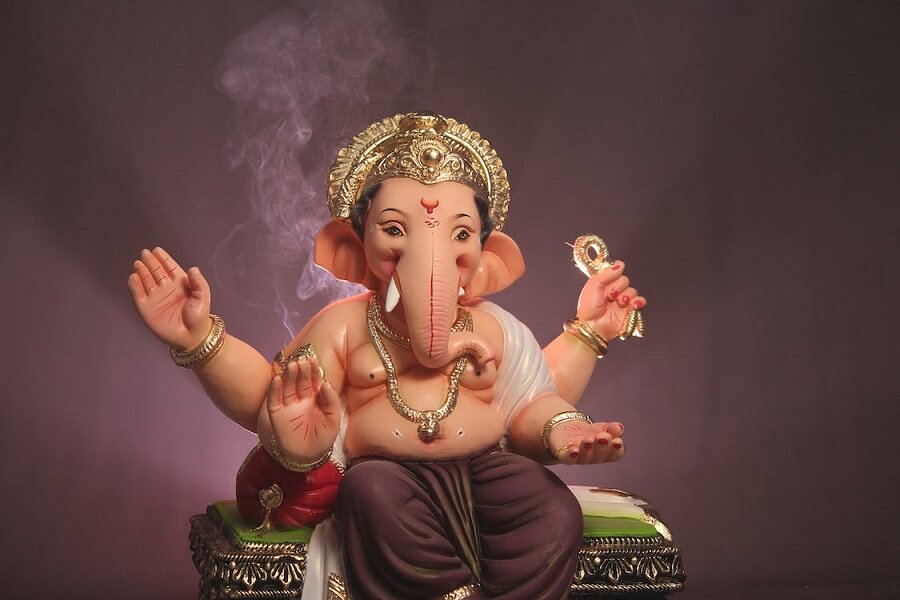Hinduism is one of the oldest religions of all major religions in the world. Unlike other major religions such as Christianity, Islam, and Judaism, which belief in just one deity, Hinduism believes in hundreds of gods, many of whom are reincarnations of others. Each god and goddess has unique skills and tales. And to please the gods, pooja items are used by Hindus for performing different rituals.
In Hinduism, the notion of five gods is known as Panch Devta.
Vishnu, Shiva, Ganesha, Shakti, and Surya
These are the Panch Devs who are worshipped. Panch Devta is more prevalent among Hindu populations in North India. Every day, the five gods are worshipped in houses. People who worship the five gods are referred to as Panchopasak. Panch Dev Puja is believed to help in attaining happiness, progress and peace.
Teachers of Santana Dharma created the idea of Panch Dev to aid regular people who are unable to comprehend the idea of Brahman. The Panch devtas are representations of Brahman, who in reality is unimaginable, unmanifested, limitless, and formless.
The primary gods for pooja are explained below:
- Ganesha
The one who removes barriers supports the humanities and sciences and is the destroyer of knowledge and wisdom Ganesha is the son of Shiva and Parvati and is distinguished by his elephant-like head. Because of his function as the deity of achievement and the removal of obstacles, he is one of the most revered Hindu deities. Most Hindu homes have images or sculptures of Ganesha, and some even have them hanging from automobiles or trucks.
His birth is commemorated annually at Ganesh Chaturthi, a ten-day event in Mumbai, India. Similar to Durga Puja, there is competition amongst communities to create the most attractive Ganesh statue during the Ganesh Chaturthi holiday. The statue is then showered with offerings and honoured in rites up to the last day when it is transported to the ocean and immersed, signifying its ascension from Earth to the skies.
- Shakti
Shakti, one of the Hindu pantheon's most significant goddesses, is really a heavenly cosmic spirit that embodies feminine energy and the dynamic forces that travel through the cosmos. Shakti, the goddess of creation and transformation, is often manifested to vanquish evil forces and restore equilibrium. Shakti, as a vital cosmic force, manifests itself in a variety of shapes and titles, including mother goddess, ferocious warrior, and the dark goddess of destruction. Every deity in Hinduism possesses a Shakti, or energy power. It's one of the reasons why millions of people in India revere her.
- Shiva
Shiva is known as The Destroyer, and his mission is to destroy the universe that Brahma created and Vishnu protects. His third eye on his forehead, which is typically closed, distinguishes him. He is supposed to be capable of destroying the world by opening his third eye.
Maha Shivratri is a celebration held in February or March to commemorate Shiva and Parvati's marriage. Hindus celebrate this day by chanting, fasting, and meditating. Varanasi, the site of the Kashi Vishwanath temple, is one of the greatest venues to see the Mahashivrartri festival. This is one of India's most prominent Shiva temples.
- Vishnu
Vishnu is the god who rides a blue eagle and has four arms. He is also called the Preserver of Life or the One Who Keeps Life Going. According to his name, Vishnu's job is to keep the world safe from harm. He does this by taking the form of different avatars who protect the world. He stands for order, right, and truth.
Both of his wives are well-known in their own right. Lakshmi is the goddess of wealth and home life. Devi, on the other hand, is the goddess of the Earth. He has ten forms or avatars, but Rama and Krishna are the most well-known and worshipped.
- Surya
Surya, the sun god, the creator of the universe and the source of life. Along with Shiva, Vishnu, Ganesha, and Shakti, Surya is one of the five deities that serve as the sun god in Hinduism and the Smarta Tradition. Hinduism holds the Sun God in high regard, and important Surya festivals and temples may be seen in India at Makar Sankranti, Kumbh Mela, Chath puja, and at the Sun Temple in Modhera, the Deo Surya Mandir, and the Konark Sun Temple in Odisha. The Surya Namaskar is also a common yoga warm-up.
The Hindu faith recognises many gods and goddesses, each of which is honoured in its own special manner. With that being said, for any Hindu pooja, the above-mentioned primary gods are always revered to perform a Hindu ritual. And now that you know about them, you can get an idea about the magnificence of all the primary Hindu gods.
Pooja Items and their Symbolic Meanings







